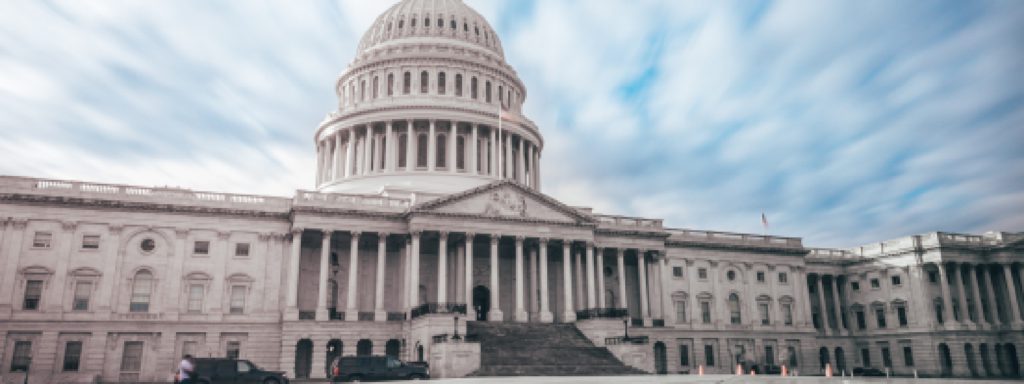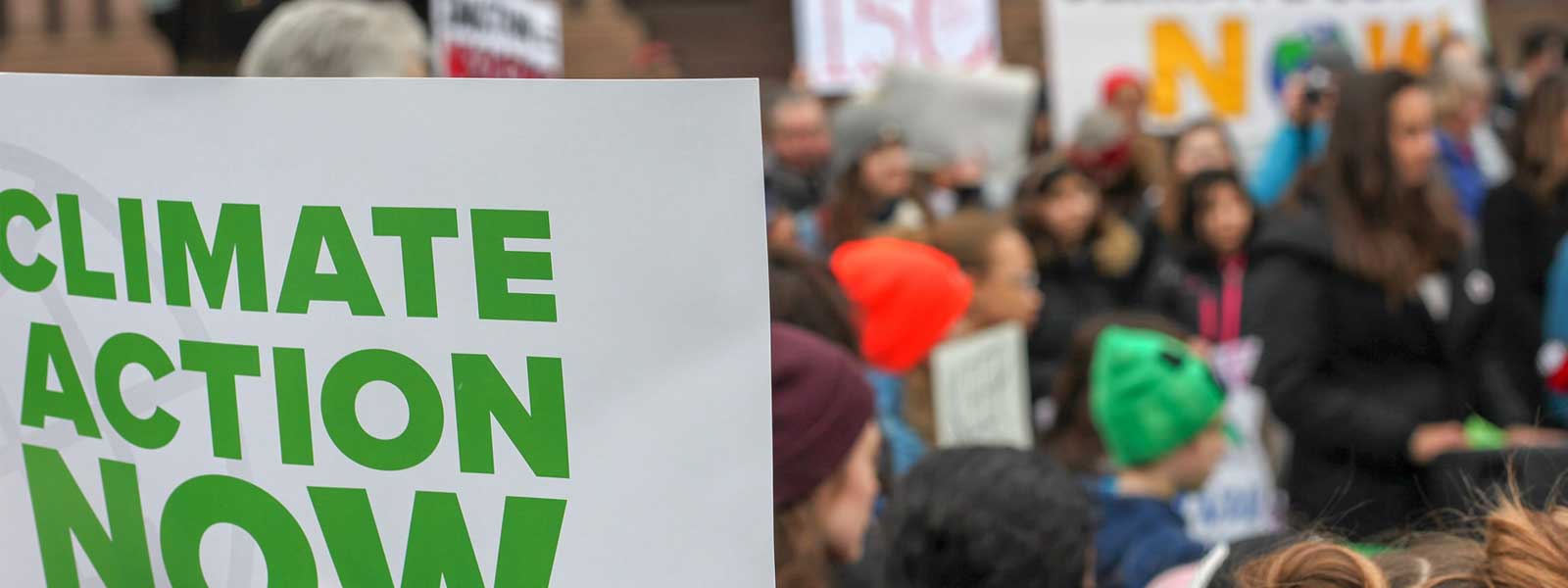With the 2020 election (mostly) over and 2021 approaching, it’s a natural time for nonprofits to reflect on what could change for the better next year.
One constant theme in a year with a contentious election and multiple crises calling for nonprofit attention has been the importance of community engagement, something nonprofits are particularly well-suited to do. Unfortunately, many nonprofits may have been hesitant to engage in our democracy as much as they could when facing this extraordinary year because the rules defining what types of advocacy are or are not OK aren’t easy to follow.
Nonprofits that are classified as a 501(c)(3) face a particular conundrum: the IRS threatens revocation of their nonprofit status when they do political activity but won’t clearly say what does and does not count as “political.” Meanwhile, bad actors willing to flout the law do so with impunity, and risk tarnishing the integrity of the nonprofit sector as a whole. A new presidential administration has the opportunity to clear up some of this confusion.
The new leadership team at the U.S. Treasury Department should begin drawing up new objective standards for 501(c)(3) nonprofits. Fortunately, a roadmap for what those rules might look like has already been proposed. The Bright Lines Project plan, consisting of objective rules and safe harbors designed to be easy to follow for nonprofits and enforcers alike, was drafted more than a decade ago by a set of nonprofit experts who had heard from their clients that better rules would enable them to engage more easily.
The proposal defines per se political intervention first, covering blatant partisan political activity such as expressly advocating for the election or defeat of a candidate or political party. They specify that any communication that clearly refers to and expresses a view on a political candidate would generally be deemed political activity unless the communication fits within one of several specific exceptions. These safe harbors would protect:
- Legitimate grassroots advocacy on current policy issues;
- Nonpartisan efforts to educate the public on candidate policy positions; and
- Measured responses to candidate statements about the organization or its core issues.
These exceptions wouldn’t be available for paid “mass media” communications – such as TV, radio, newspaper, direct mail, online advertising, and phone banks.
The plan recognizes that subjective analysis may be helpful in some cases, and so keeps a facts-and-circumstances test available as a back-up that nonprofits can use in their defense in the unlikely event that the full analysis doesn’t provide a clear answer.
Of course, to be most useful, the rules should apply across all types of nonprofits, but for that, Congress must intervene. A budget rider (a name for a piece of policy unrelated to funding inserted into a funding bill) first adopted in 2015 prevents the IRS and Treasury Department from making better rules for 501(c)(4) organizations. Any time a new budget is passed, Congress has the opportunity to remove that poison pill rider to truly give Treasury a chance to solve this problem. The Bright Lines Project has been advocating for Congress to remove it as soon as possible.
Even without Congressional action, Treasury could increase enforcement of the laws that are in place to crack down on the so-called nonprofits that exist not for the good of the community, but to engage in elections. Those nonprofits use public faith in the sector and the unclear rules to take advantage of the system and cast a bad light on the vast majority of nonprofits that want to follow the rules. In 2018, the Tax Inspector General found that many complaints of impermissible political activity by nonprofits were not being referred to the correct committee for further investigation and potential audit. Increased staffing and funding of the Tax Exempt and Government Entities division should also be prioritized to ensure that the recommendations of that report are fully implemented, and that adequate oversight of nonprofit political activity occurs.
Given the scope of what nonprofits were able to accomplish in 2020 – aiding our communities when they were hurting, informing us about how to protect our health when our government was absent, and protecting our democracy in the face of unprecedented challenge – getting stronger in 2021 means it’s time for bright line rules that enable nonprofits to do more of their vital work.
Emily Peterson-Cassin is project coordinator at The Bright Lines Project, a regulatory framework that creates a clear definition of allowable political activity with a set of safe harbors and clear bright lines for what is and isn’t political. Emily is an attorney who has worked in ERISA litigation and in indigent representation.



